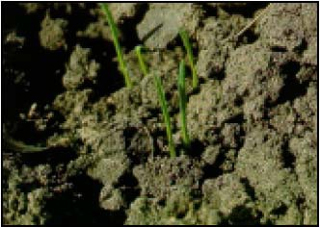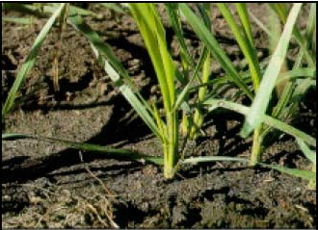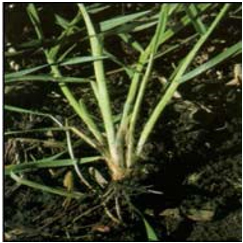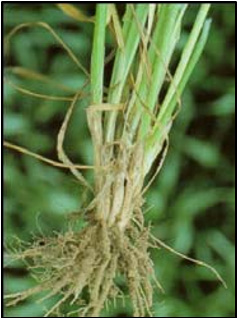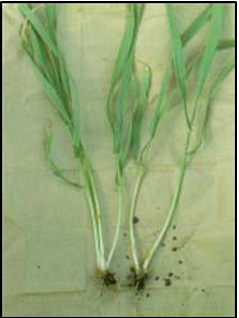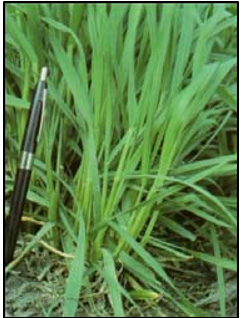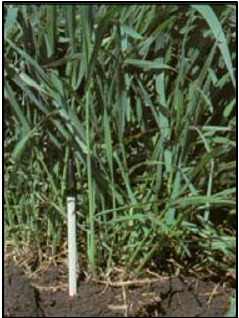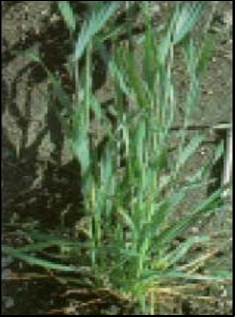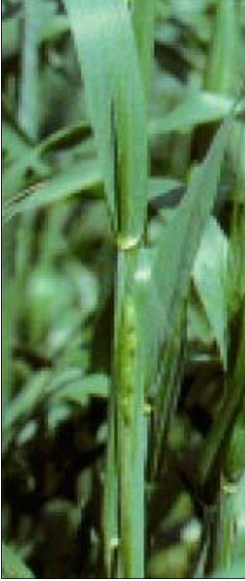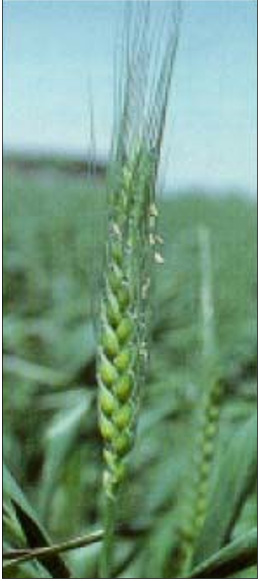Something went wrong. Please try again later...
Need Adequate Stands for Top Production
- Stand establishment is critical for achieving high yields and having good weed control. Seeding rates should consider the amount of seeds per acre rather than pounds of seed per acre. Rates from 1.2-1.8 million seeds per acre should be acceptable depending on tillage and planting date.
- Stand establishment of 27-35 plants/ft2 with 3-5 tillers/plant is optimal. To maximize potential yield, there should be at least 40 heads/ft2, with the optimum numbers between 60 and 80 heads/ft2. Final stands of 15-18 plants/ft2 or less are candidates for replanting to corn or soybeans.
- Rule of thumb for yield potential: 1.3-1.6 bu/acre per head/ft2.
Authors: Brian Bunton, Field Agronomist and Scott Eversgerd, Field Agronomist
January 2019
The foregoing is provided for informational use only. Please contact your Pioneer sales professional for information and suggestions specific to your operation. Product performance is variable and depends on many factors such as moisture and heat stress, soil type, management practices and environmental stress as well as disease and pest pressures. Individual results may vary.
